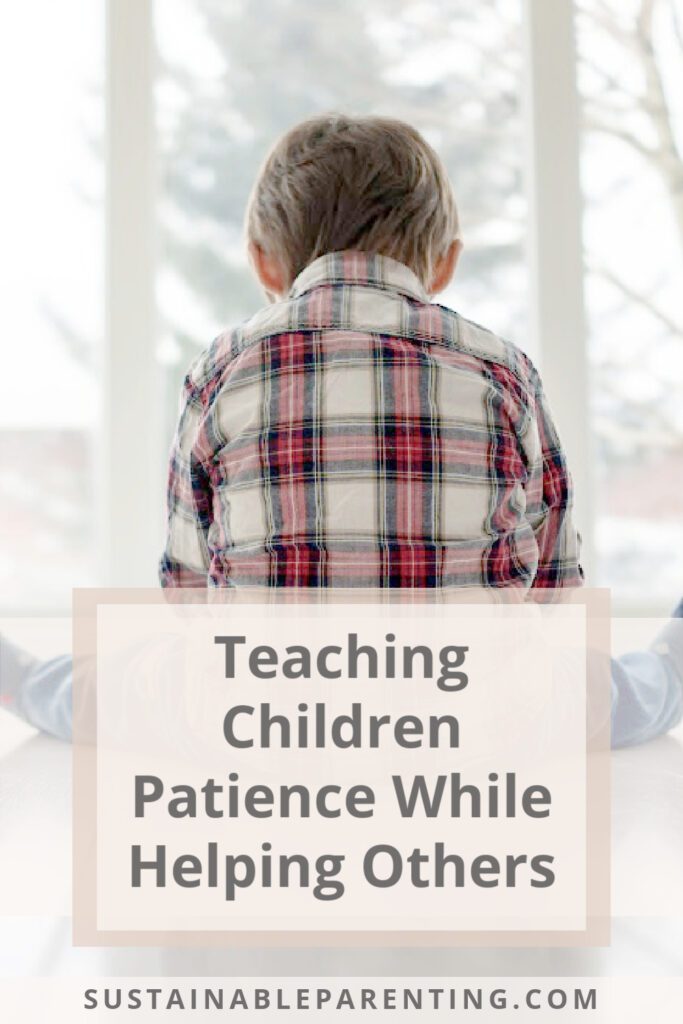Teaching Children Patience While Helping Others

Have you ever found yourself in a situation where your child urgently wants your attention, but you’re caught up in an important task? For example, maybe your child wants something from you at the moment, but you are busy with another task that clearly needs priority. Then, when you try to explain or ask your child to wait a moment, they start shouting or get agitated, which may lead you or your partner to get frustrated and blow up asking them to please be patient and JUST wait! After all, can’t they see that sometimes they need to wait?
It’s a common experience, however it doesn’t have to play out this way. Delayed gratification is such an important social skill to teach our children. In fact, there was a study conducted by Stanford University in 1972 where the research team asked a group of kids to make a simple choice: eat one marshmallow now, or wait 15 minutes and receive two marshmallows. Here’s what they discovered.
“Some key findings in the study showed that using distraction strategies had a positive impact on how long the children managed to wait. They made up quiet songs, hid their head in their arms, and so on.’” (https://nesslabs.com/marshmallow-test) Their research showed that were able to be patient and also, were more likely to demonstrate self-control which resulted in higher executive function later in life. This study shows us that in order to be patient and to grow the important social skill of delayed gratification, the kids need to have a strategy to be patient, and have feedback that motivates that behavior.
Strategies for Teaching Patience:
In order to accomplish this as parents, we can start by having consistent feedback loops that show that waiting leads to better results, and not waiting has sad results. Then, focus on teaching strategies to be able to be patient, (like the children in the experiment).
1. Set Timers or Count
“I am helping your brother right now. Please set a timer for yourself for five minutes (or count to 100). When the time is up, I can help you. If you yell out for me again, before the time is up, I will not respond. I’ve already been clear on when I can help.”
2. Suggest activities
“What can you choose to do for five minutes while I finish this call? When you can focus on that, then I’m super happy to come up and help you. If you yell down to me again before 5 min, I won’t be coming up to help you.”
Finally, the most important step is follow-through. Our children learn more from what we do, rather than what we say. If we say, “Fine. I’ll get the thing for you, but NEXT time, you need to be patient,” we undermine a valuable teachable moment.
If you’d like more personalized guidance, contact Flora today.
Click here to view the full article in Montana Parent Magazine







